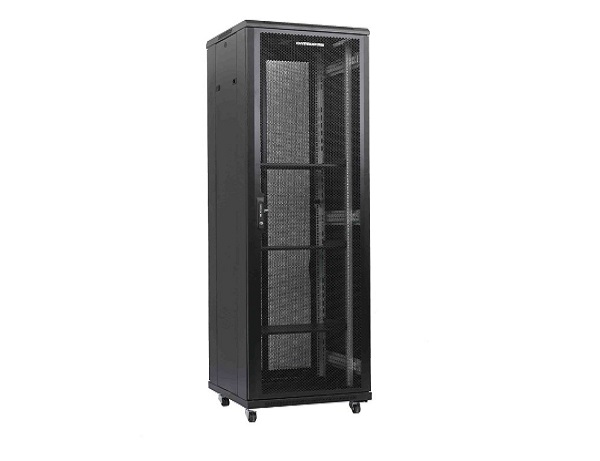News
Site Editor
 Site
https://leonetworkgroup.usa18.wondercdn.com/uploads/image/5fe152faa587d.png
Testing Cat5 cable connections is crucial to ensure smooth communication between devices in a network. There are different methods that can be used to test Cat5 cable connections, from simple checks to advanced tools. In this article, we will look at some of the ways to test Cat5 cable connections effectively.1. Check physical connectionsBefore running any tests, it is essential to check the physi
Site
https://leonetworkgroup.usa18.wondercdn.com/uploads/image/5fe152faa587d.png
Testing Cat5 cable connections is crucial to ensure smooth communication between devices in a network. There are different methods that can be used to test Cat5 cable connections, from simple checks to advanced tools. In this article, we will look at some of the ways to test Cat5 cable connections effectively.1. Check physical connectionsBefore running any tests, it is essential to check the physi
How To Test Cat5 Cable Connection
Views: 560
Author: Site Editor
Publish Time: 2023-07-10
Origin: Site
Testing Cat5 cable connections is crucial to ensure smooth communication between devices in a network. There are different methods that can be used to test Cat5 cable connections, from simple checks to advanced tools. In this article, we will look at some of the ways to test Cat5 cable connections effectively.
1. Check physical connections
Before running any tests, it is essential to check the physical connections of the Cat5 cable. Verify that the cable is properly plugged into the network device (router, switch, modem, etc.) on both ends. Check if the cable is damaged or has any kinks or twists. Any visible defects should be corrected before running tests.
2. Check link status on the device
Most network devices have LEDs that indicate the link status of the connected devices. Check these indicators to verify if the device recognizes the cable connection. If the LED status indicates a problem, try unplugging and re-plugging the cable and observe if the LED indicators change. If the link status is stable, move to the next level of testing.
3. Use a cable tester
A cable tester can be used to verify the pinouts and continuity of the Cat5 cable. The tester sends a signal through each wire in the cable to verify its connectivity. It also detects if there are any mismatches and shorts. Some cable testers have additional features, such as measuring the cable length and identifying which wire is connected to each pin.
4. Use a network analyzer
A network analyzer is an advanced tool that can provide more detailed information about the connection between the devices and the network. These tools are used to detect network issues and anomalies. Network analyzers can also identify the source of network problems, such as packet loss, latency, or bandwidth issues.
5. Check the network configuration
If all physical connections and cable tests pass, but there are still connectivity issues, it is best to check the network configuration. Verify if the IP address, subnet mask, and gateway settings are configured correctly. Check if there are any IP conflicts, such as duplicate IP addresses or IP addresses that are already in use by other devices on the network.
In conclusion, the five steps outlined above are essential to effectively test Cat5 cable connections. Checking physical connections, verifying link status, using cable testers, network analyzers, and checking the network configuration should be performed systematically to detect any cable or network issues. Proper testing ensures that devices in a network communicate seamlessly, and this reduces network downtime and increases productivity.
If you want to know more about industrial network cabinet,china fiber optic splice closure,china fiber optic distribution box,please consult the fiber optic splice closure factory









